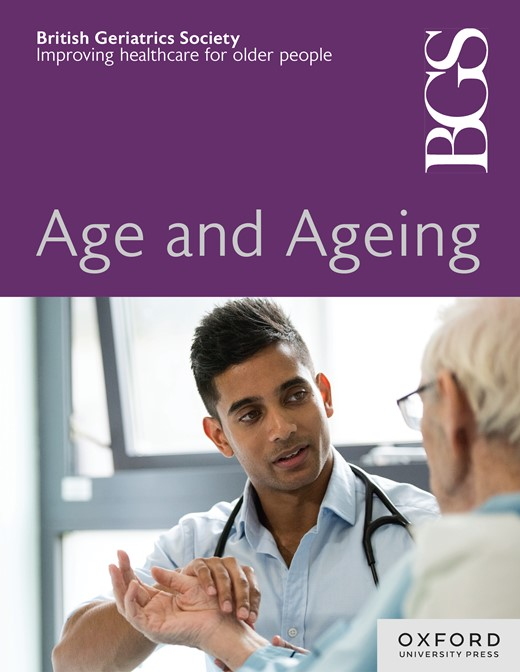居民资金和护理院质量:英国双层护理系统影响的回顾性观察分析。
IF 7.1
2区 医学
Q1 GERIATRICS & GERONTOLOGY
引用次数: 0
摘要
背景:英国的成人社会护理采用自筹资金和国家资助居民的两层体系。然而,目前尚不清楚居民资金来源是否会影响养老院的质量。方法:我们在2021-23年间对英国全国范围内的养老院进行了回顾性观察分析(n = 28239个提供者信息返回条目,涉及14444家养老院,代表~367 653名居民),以检验居民资助(自建或国家资助)与养老院质量(行业监管机构的检查评级)之间的关系。我们将护理质量委员会的提供者信息返回数据与检查评级、区域剥夺、护理院和居民特征联系起来。我们建立了一系列的逻辑回归模型,结合相互作用来研究所有权(营利性、第三部门、公共部门)和区域剥夺之间的相互关系。发现自筹资金的居民越多,房屋的检查评分越高[自筹资金居民百分比的比值比:1.01,95%置信区间(CI) 1.008-1.012, P < .001]。自费居民对护理质量的影响在营利性家庭中最大,而在第三部门和公共家庭中没有统计学意义。对于没有自筹资金的家庭,第三部门和公共提供者的评分比营利性家庭高14.0 (95% CI: 10.1-17.8, P < .001)和6.9 (95% CI: 4.1-9.7, P < .001)个百分点。结论盈利性护理院的质量受到自费居民比例的强烈影响,而第三部门和公共部门的护理院无论居民的资金来源如何,都能提供一致的护理。这强烈影响了全国居民的护理公平,因为自筹资金的集中程度在很大程度上取决于地区财富。本文章由计算机程序翻译,如有差异,请以英文原文为准。
Resident funding and care home quality: a retrospective observational analysis of the impact of the two-tier care system in England.
BACKGROUND
Adult social care in England operates in a two-tier system of self-funded and state-funded residents. It is unclear, however, whether resident funding source impacts care home quality.
METHODS
We conducted a nationwide retrospective observational analysis of care homes in England (n = 28 239 Provider Information Return entries for 14 444 care homes, representing ~367 653 residents), 2021-23, to examine the relationship between resident funding (self- or state-funded) and care home quality (inspection ratings by the industry regulator). We linked data from the Care Quality Commission's Provider Information Return to inspection ratings, area deprivation, and care home and resident characteristics. We modelled a series of logistic regressions, incorporating interaction terms to investigate the interrelationships between ownership (for-profit, third sector, public) and area deprivation.
FINDINGS
Care homes with more self-funded residents were more likely to have better inspection ratings [odds ratio for each percentage of self-funded residents: 1.01, 95% confidence interval (CI) 1.008-1.012, P < .001]. The effect of self-funded residents on care quality was largest amongst for-profit homes and not statistically significant for third sector and public homes. For homes without self-funders, third sector and public providers were 14.0 (95% CI: 10.1-17.8, P < .001) and 6.9 (95% CI: 4.1-9.7, P < .001) percentage points more likely to be rated higher than for-profit homes.
CONCLUSIONS
The quality of for-profit care homes is strongly influenced by the proportion of self-funded residents, whilst third and public sector homes provide consistent care regardless of resident funding source. This strongly impacts care equity for residents nationwide, as the concentration of self-funders is largely determined by area wealth.
求助全文
通过发布文献求助,成功后即可免费获取论文全文。
去求助
来源期刊

Age and ageing
医学-老年医学
CiteScore
9.20
自引率
6.00%
发文量
796
审稿时长
4-8 weeks
期刊介绍:
Age and Ageing is an international journal publishing refereed original articles and commissioned reviews on geriatric medicine and gerontology. Its range includes research on ageing and clinical, epidemiological, and psychological aspects of later life.
 求助内容:
求助内容: 应助结果提醒方式:
应助结果提醒方式:


